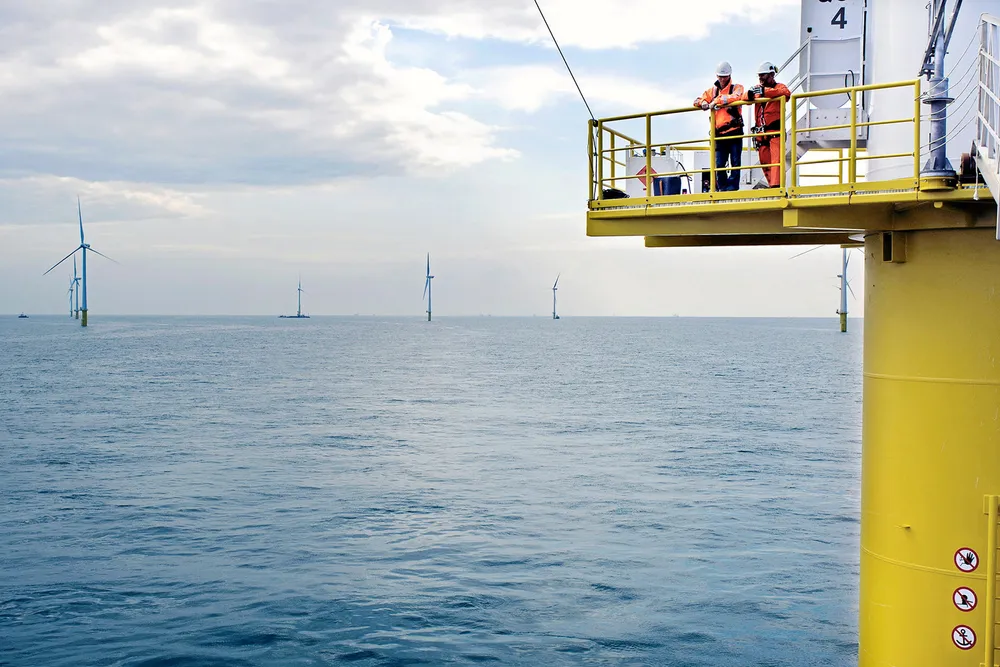World’s first offshore-wind-to-hydrogen project gets green light from Dutch government
RWE subsidiary wins fiercely contested national tender to build 760MW-plus facility with 600MW of onshore electrolysers

RWE subsidiary wins fiercely contested national tender to build 760MW-plus facility with 600MW of onshore electrolysers
